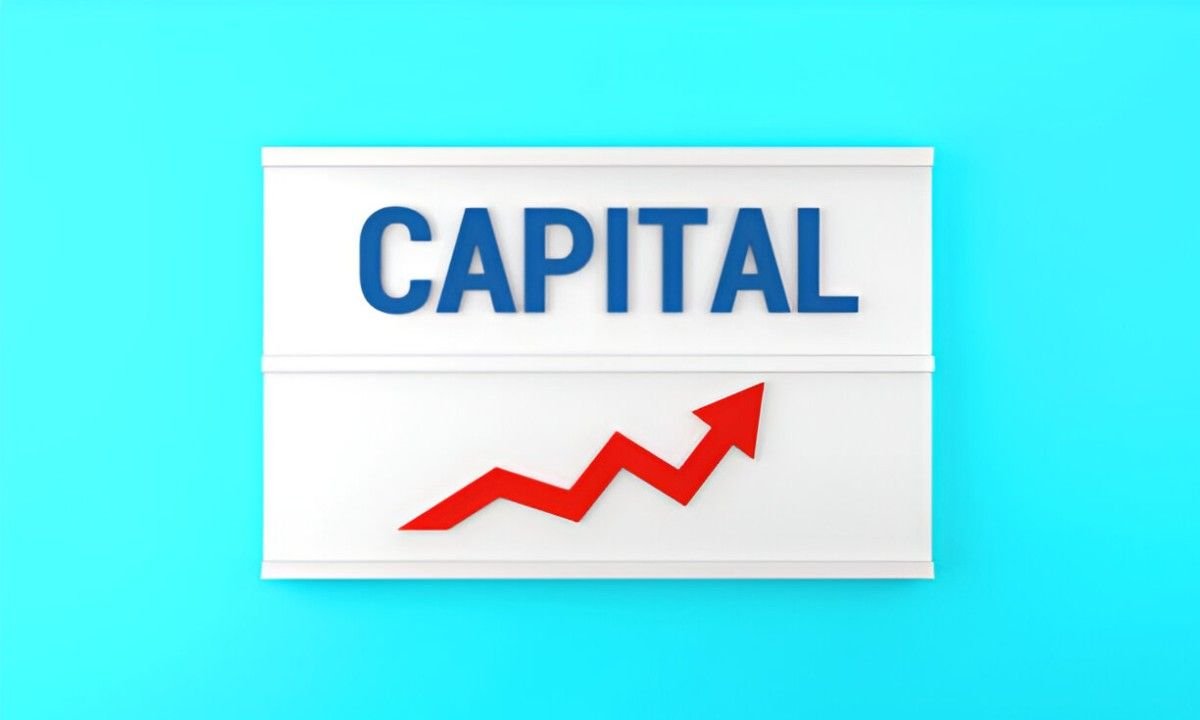As a financial analyst specializing in equity markets for over 15 years, I’ve found large-cap mutual funds remain the cornerstone of most successful long-term investment strategies. These funds invest in companies with market capitalizations typically exceeding $10 billion – the “blue chips” that form the backbone of the global economy.
Table of Contents
What Defines Large-Cap Funds?
Market Capitalization Ranges
- Mega-Cap: $200B+ (Apple, Microsoft)
- Large-Cap: $10B-$200B (Coca-Cola, Boeing)
- Dividend vs. Growth Focus
Current Large-Cap Universe (June 2024):
- S&P 500 average market cap: $85B
- Russell 1000 large-cap threshold: $10.2B
Types of Large-Cap Mutual Funds
| Fund Category | Strategy | Volatility | Example Fund |
|---|---|---|---|
| Index Trackers | Passive S&P 500/Russell 1000 | Low | VFIAX (0.04%) |
| Growth Focused | High P/E, earnings momentum | High | AGTHX (0.60%) |
| Value Oriented | Low P/E, high dividends | Medium | VIVAX (0.19%) |
| Blend Funds | Balanced growth/value mix | Medium | PRBLX (0.65%) |
| Dividend Focus | Stable income producers | Low | VDADX (0.08%) |
Performance Analysis: Large-Caps vs. Other Caps
20-Year Annualized Returns (2004-2024)
| Category | Return | Std Dev | Sharpe Ratio |
|---|---|---|---|
| Large-Cap | 9.2% | 15.1% | 0.61 |
| Mid-Cap | 10.1% | 17.3% | 0.58 |
| Small-Cap | 9.8% | 19.4% | 0.51 |
| Micro-Cap | 8.5% | 22.7% | 0.38 |
Data: Morningstar Direct
Key Insight: Large-caps deliver 85-90% of small-cap returns with 20-30% less volatility.
Top Large-Cap Funds for 2024
Low-Cost Index Options
- Fidelity 500 Index (FXAIX)
- Expense Ratio: 0.015%
- 10-Yr Return: 12.3%
- Holdings: 505 stocks
- Schwab S&P 500 Index (SWPPX)
- Expense Ratio: 0.02%
- Minimum: $0
- Turnover: 4%
Top Active Managers
- T. Rowe Price Blue Chip Growth (TRBCX)
- 15-Yr Alpha: +1.2% vs. Russell 1000 Growth
- Expense: 0.69%
- Dodge & Cox Stock (DODGX)
- Value strategy since 1965
- Expense: 0.51%
Why Large-Caps Belong in Every Portfolio
Strategic Advantages
- Economic Moats
- 78% of large-caps have sustainable competitive advantages (Morningstar)
- Global Reach
- S&P 500 derives 40% of revenue internationally
- Liquidity
- Average daily trading volume: $50B+ for top holdings
- Dividend Reliability
- 25+ years of dividend growth: 65 S&P 500 companies
Risk Mitigation
- Survived 7 recessions since 1970
- 100% recovery from every market downturn
- Lower bankruptcy risk (0.5% vs 4.2% for small-caps)
Allocation Recommendations
| Investor Profile | Suggested Allocation |
|---|---|
| Conservative | 40-50% of equities |
| Moderate | 50-60% of equities |
| Aggressive | 30-40% of equities |
Complement with 20-30% international and 10-20% small/mid-cap
Selection Criteria
When choosing large-cap funds, prioritize:
- Cost Efficiency
- <0.20% for index funds
- <0.80% for active funds
- Manager Tenure
- Minimum 5-year track record
- Portfolio Concentration
- 30-50 holdings for active funds
- Avoid >10% in single position
- Tax Efficiency
- Turnover ratio <30% ideal
The Compounding Advantage
Future\ Value = Investment \times (1 + \frac{LargeCapReturn}{1 - Fee})^YearsExample: $100,000 at 9% for 30 years:
- 0.10% fee → $1.327M
- 1.00% fee → $1.067M
- Difference: $260,000
Emerging Trends
- Direct Indexing
- Custom large-cap portfolios
- Tax-loss harvesting at scale
- ESG Integration
- 45% of large-cap funds now screen for sustainability
- Fundamental Indexing
- Weighting by dividends, cash flow instead of market cap
The Verdict
Large-cap mutual funds remain the most efficient way for most investors to gain exposure to market-leading companies. As I advise clients: “They’re the aircraft carriers of your portfolio – not the fastest ships, but the most stable platforms for long-term wealth building.” By combining low-cost index funds with selective active management, investors can capture large-cap growth while minimizing risk and fees.





